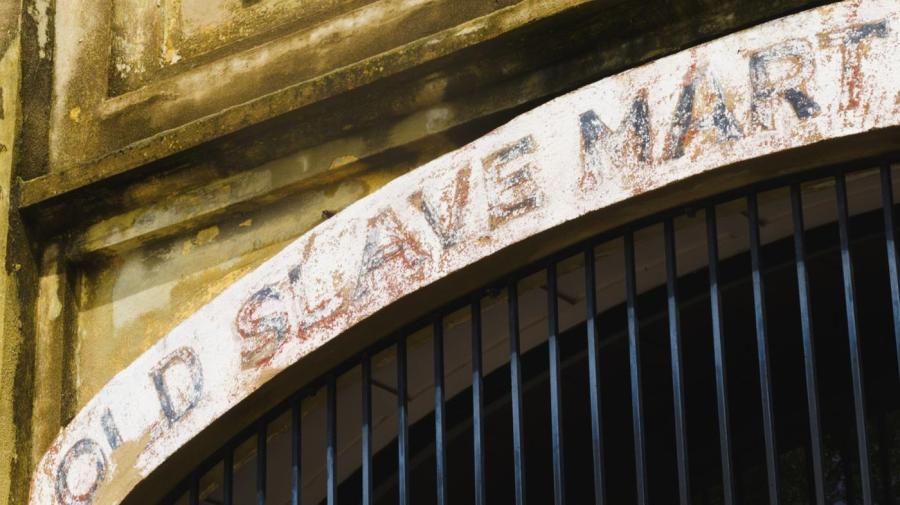How Did the Triangular Trade Work?

Triangular, or triangle, trade was a system of buying and selling that involved cooperation among three separate geographic areas. The arrangement began during the colonial period in New England. Some New England rum was exported to West Africa, where it was traded for slaves.
The captives obtained from this trade did not travel to New England. Instead, they were transported to the West Indies. There they were exchanged for money and molasses.
In the final step, the molasses was sent to New England, where it was used as an ingredient in the manufacture of rum.
The route between Africa and the Caribbean was known as the “Middle Passage.” Ships carried their prisoners in atrocious environments. It was not unusual for 12 percent or more of the captured people to die during a crossing. The slavers accepted the losses as business expenses.
In the colonies, triangular trade was an economic boon. Massachusetts and Rhode Island, in particular, opened large numbers of rum distilleries. Ship builders were in greater demand as more vessels were needed for voyages to Africa.
England did not profit greatly from its colonies’ triangular trade system. Although the ruling nation required customs fees, many businessmen, including John Hancock, smuggled the molasses into ports in order to avoid these payments.





